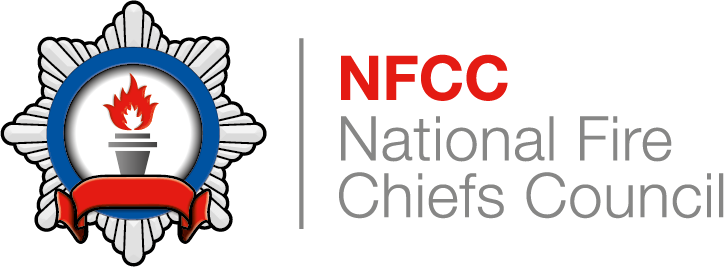Where calls are received from or about people at risk from fire in a building, it should be established whether they should evacuate or remain where they are until they are rescued or the incident is resolved.
Several factors may affect the advice given by fire control personnel, including:
- Type of building
- Specific evacuation strategies for buildings
- Specific evacuation strategies for people
- Exact location of people at risk in relation to the flames, heat or smoke
- Effects of the fire that people at risk are experiencing
- Type of evacuation routes available, for example:
- Internal staircases
- Windows
- External staircases
- Safety of evacuation routes available, for example long drop from windows
- Impact of flames, heat and smoke on the viability of evacuation routes
- Exact location of people at risk, for example the floor they are located on
- Known refuge areas
- Information within the mobilising system linked to the premises or caller
To enable fire control personnel to determine when immediate evacuation of people inside a building fire is required, even during unsafe or arduous conditions, they should have a basic understanding of the signs, symptoms and indicators of the following:
- Potential flashover
- Potential backdraught
- Fire gas ignition
- Firespread
- Failure of building safety systems
- Building collapse
Indicators of deteriorating conditions inside the building may include:
- Smoke becoming thicker and darker
- Smoke entering rooms from more than one point or from more points than initially reported
- Smoke coming through the floor, windows, ceilings or walls
- Unbearable heat
- Loud banging noises
- Smoke pulsing through gaps in and around closed doors
- The door to the compartment being hot to touch at a low level
- Bubbling or cracking of the paintwork on the door
- A whistling noise as air is drawn in through the gaps around a closed door
Technology allowing the streaming of video footage from a caller’s mobile phone, or similar technologies may also allow fire control personnel to identify indicators of deteriorating conditions.
Fire control personnel may use simple questions and the response from people at risk to determine whether the conditions they are experiencing are deteriorating. Example questions include:
- ‘What has happened to the heat/smoke/flames/conditions since I last asked you?’
- ‘How thick is the smoke?’
- ‘Has the smoke changed colour?’
- ‘How low is the smoke?’
- ‘Are you getting fresh air?’
- ‘Is it getting hotter?’
Evacuating people at risk due to worsening conditions may have an impact on operational tactics. Where reasonably practicable, the decision to evacuate people at risk should be communicated to the incident commander and any impacts understood before the decision is implemented. Communication with the incident commander should not result in excessive delays to the evacuation of people at risk to the point where evacuation is no longer possible.
Care and nursing homes
Progressive horizontal evacuation strategies are usually used in care and nursing homes to evacuate residents to a place of relative safety. Care home staff may encounter difficulties with such strategies when:
- Staffing is reduced due to the time of day or other reasons
- Residents are mobility impaired
- Residents are dependent on or require medical equipment to be taken with them
Fire control personnel should apply additional questioning to identify any potential evacuation difficulties. This information should be communicated promptly to the incident commander.
